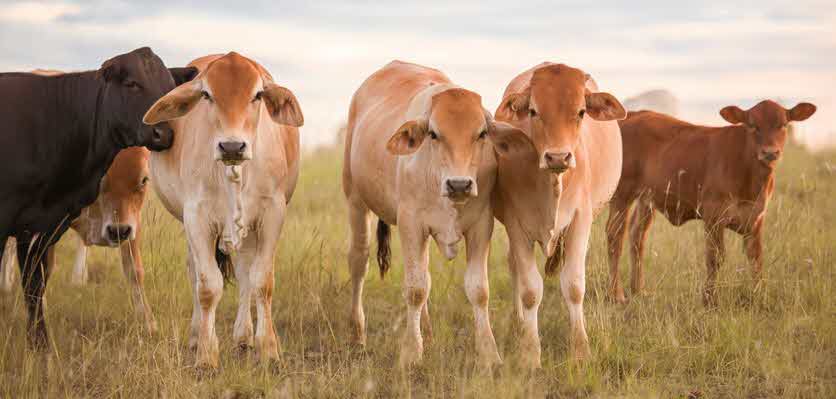



Article by: Hari Yellina
Producers have been advised that the grass-fed cattle industry’s peak organisation is about to be revitalised. Cow Australia, according to Minister Littleproud, will be a top council representing grass-fed cattle farmers under the Red Meat Memorandum of Understanding. This will be a chance for grass-fed producers to vote on something that has been a long time coming. Actions, in actuality, speak louder than words. A functional peak council is a strength, while a dysfunctional peak council is a weakness. For the past 20 years, it appears that the Cattle Council of Australia has failed in this job. Now, CCA oversees the committee, which is attempting to bring about reform. Are they simply shifting the deck chairs in order to maintain their positions?
After watching four webinars that were meticulously planned, many were left with questions and little answers. Each webinar was attended by ten independent grass-fed cow producers in a pinch. So, out of 100,000 grass-fed cow producers that paid the mandatory $5 per head transaction charge, just 40 people showed up. This may be classified as a failure. Change the name to whatever you like, but without money and the ability to argue on behalf of producers, the whole idea is doomed from the start. Minister Littleproud could clarify whether he will ensure that financing is accessible and that grass-fed cow producers have control over their so-called service organisation, Meat Livestock Australia.
CA will not be more functional than the current CCA. To put it another way, CCA has failed. The problem isn’t with the members on the board or with the staff; it’s with CCA’s underpinnings. Surely, the foundations are the most important factor, and unless we can build foundations that can withstand the rigours of a viable and workable top council, everyone is wasting their time. The name of a new peak council isn’t really significant. What is critical, though, is that a new peak council has control over the money generated by the compulsory charge. In reality, this was the first of seven recommendations in the Senate Report on Restructuring from 2014 – a producer organisation must have control of its own production.
This senate report arrived after a team of senators travelled across Australia to hear from all grass-fed cattle producers. Over 400 submissions were received. As a result, it was heart-breaking for those of us involved to see Littleproud’s National Party dismiss all seven recommendations. The current CA Restructure Steering Committee appears to be searching for funding from producers via membership. CCA has tried and failed to acquire members in the past using this strategy. The next big step is to secure sponsorship. For the past few years, CCA has relied primarily on MLA’s service work to pay their salaries.
This has the potential to cause major issues. Producers now have little or no control over MLA, which is worsened by CCA’s conflict of interest as a result of its reliance on MLA financing. Simply put, whether it’s supermarkets, pastoral houses, or whoever, the one thing that all sponsors have in common is that they all want a return on their sponsorship expenditures. There is still a long wait to hear how CA plans to fund and regulate grass-fed cattle producer levies.